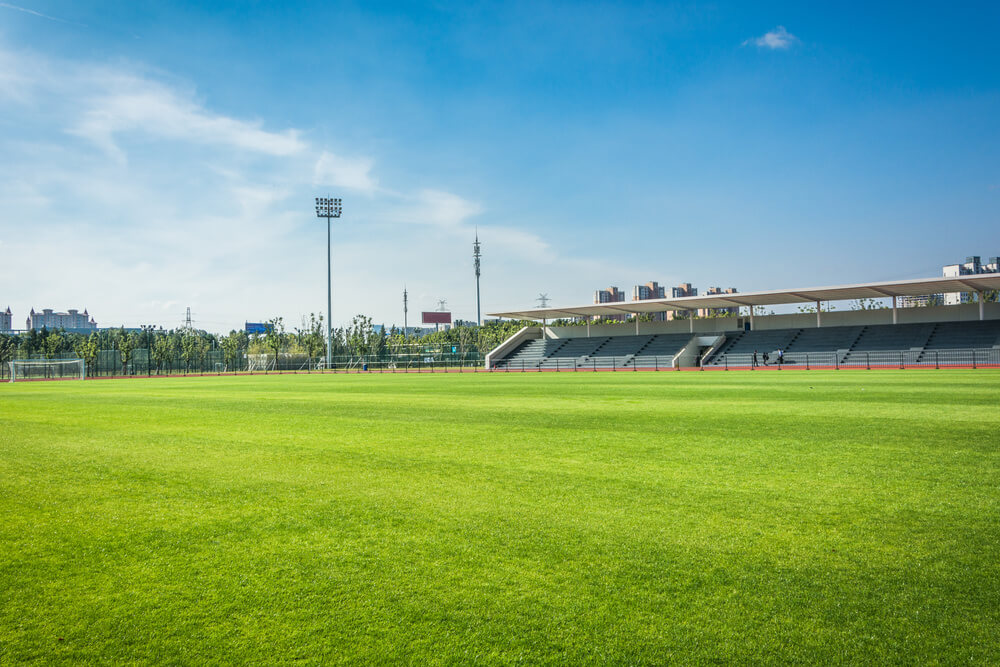Understanding the Need for Stadium Airspace Management
Today, keeping the airspace above stadiums safe is just as important as protecting the area on the ground. Stadium airspace management is essential to make sure the safety and privacy of thousands of spectators and participants during events. With the increasing accessibility of drones, the skies above these venues are no longer free from potential threats. The need for reliable drone detection for stadiums has never been more urgent. Unauthorized drones can easily breach the airspace, leading to a range of issues from simple nuisances to serious security threats. These drones can carry cameras, which may infringe on the privacy of attendees, or even pose physical threats if used maliciously. Therefore, managing airspace over stadiums is an important component of modern security protocols.
Drone detection for stadiums is very important for protecting these areas by watching in real time and warning security teams about any possible threats. By implementing advanced technology for stadium airspace management, event organizers can guarantee that they are prepared for any unauthorized drone activity. This proactive approach not only helps in intercepting potential threats but also serves as a deterrent, discouraging unauthorized flights. The importance of maintaining a secure environment cannot be overstated, as it directly impacts the safety and enjoyment of the event for everyone involved. As drone usage continues to rise, investing in comprehensive airspace management strategies becomes indispensable for stadiums worldwide.
How Real-Time UAV Monitoring Works
The implementation of real-time UAV monitoring has revolutionized how stadiums manage their airspace, providing an advanced layer of security and control. This approach uses a combination of innovative technologies such as radar systems, radio frequency detectors, and optical sensors to accurately monitor the skies above stadiums. Real-time UAV monitoring involves the perfect integration of these technologies to quickly detect and identify unauthorized drones. Radar systems are particularly effective in tracking the movement of drones, while radio frequency detectors can intercept the communication signals between a drone and its operator. Optical sensors, on the other hand, provide visual confirmation and can help identify the make and model of the drone, if necessary. Together, these systems create a comprehensive network that ensures no drone goes unnoticed, improving how well drone detection works for stadiums.
UAV monitoring systems that work in real time are important for making sure any possible threat is dealt with quickly. Once a drone is detected, the system can immediately alert security personnel, allowing for prompt action to mitigate any risks. This immediate detection and response capability is a significant advantage, as it minimizes the window of opportunity for unauthorized drones to cause disruption or harm. Moreover, real-time UAV monitoring systems can be programmed to automatically engage countermeasures, such as signal jamming or safe capture technologies, to neutralize the drone threat without endangering the public. By providing continuous, real-time surveillance, these systems not only protect the integrity of stadium airspace but also improve the overall security and safety of events, ensuring a secure environment for both participants and spectators alike.
Benefits of Drone Detection Systems in Stadium Security
The integration of drone detection systems into stadium security offers numerous benefits, significantly increasing the overall safety and management of these large venues. One of the primary advantages is the ability to prevent disruptions during events by identifying and mitigating unauthorized drone activities. Drone detection for stadiums ensures that any potential threat is addressed quickly, maintaining the integrity of the event and protecting spectators and participants. These systems are designed to perfectly integrate with existing security measures, providing an additional layer of protection. By working in tandem with ground security protocols, drone detection technologies contribute to a more comprehensive stadium airspace management approach, enhancing the ability to maintain a secure and controlled environment.
These systems also provide a proactive security solution that deals with threats right away and helps prevent future unauthorized drone activity. The presence of sophisticated drone detection systems can discourage individuals from attempting to breach stadium airspace, knowing that their actions are likely to be quickly detected and neutralized. This integration of advanced technology into traditional security frameworks increases the overall resilience of stadium security operations. In addition to increasing safety, these systems streamline coordination and communication among security personnel, ensuring a unified and effective response to any incidents. Using drone detection in stadiums keeps attendees safe and helps events run without problems, protecting the venue’s reputation. It has become an essential part of managing stadium airspace today.
Future Trends in Managing Stadium Airspace
As technology continues to advance quickly, the future of managing stadium airspace will see major improvements, especially in drone detection and real-time UAV monitoring. One of the most exciting changes is adding artificial intelligence (AI) to these systems. AI can improve how fast and accurately drones are detected, helping systems tell the difference between harmless flying objects and real threats better. This makes it easier to target threats and lowers the chance of false alarms, which is important for keeping events running without problems. Also, AI can improve real-time UAV monitoring by studying large amounts of data from different sensors, predicting possible security issues before they happen, and automatically managing responses.
Along with AI, improvements in sensor technology will change how stadium airspace is managed. New sensors that are more sensitive and can work in different weather conditions will make drone detection systems more reliable. Also, developing networked systems that share airspace data between multiple venues and security teams could lead to better cooperation and stronger management plans. This connected approach will improve security not just for individual stadiums but for entire regions. As these technologies grow, real-time UAV monitoring will play a bigger role in keeping large events safe and secure, setting higher standards for stadium airspace management worldwide.


Recent Comments